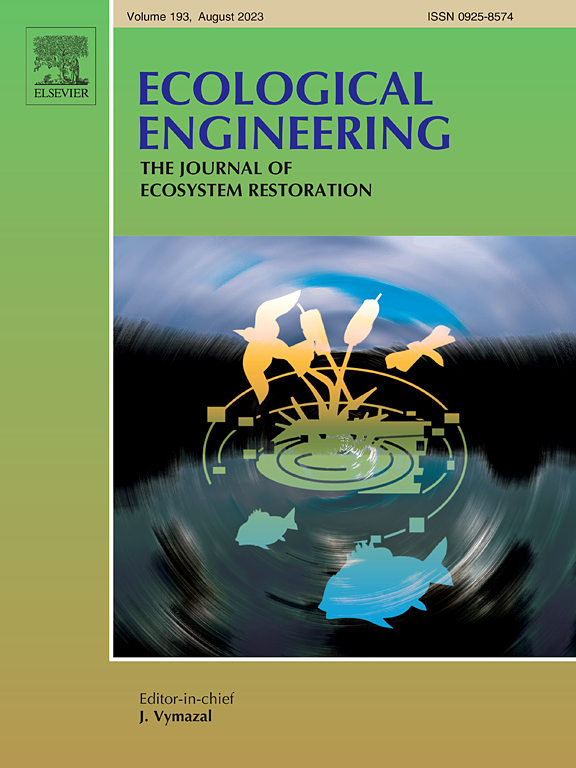Ver ítem
- xmlui.general.dspace_homeCentros Regionales y EEAsCentro Regional Tucumán - Santiago del EsteroEEA Santiago del EsteroArtículos científicosxmlui.ArtifactBrowser.ItemViewer.trail
- Inicio
- Centros Regionales y EEAs
- Centro Regional Tucumán - Santiago del Estero
- EEA Santiago del Estero
- Artículos científicos
- Ver ítem
Disrupting woody steady states in the Chaco region (Argentina): Responses to combined disturbance treatments
Resumen
Vegetation states with low suitability for cattle raising (‘woody states’) are widespread in the Chaco region (NW Argentina). We assessed the success of roller-chopper (RR); roller-chopper with seeding of Panicum maximum cv green panic (RS), and roller chopper followed by prescribed fire (RF) in disrupting a woody state in two separate experiments, monitored from 1997 to 2002. We evaluated amount and temporal dynamics of woody plant volume, standing
[ver mas...]
Vegetation states with low suitability for cattle raising (‘woody states’) are widespread in the Chaco region (NW Argentina). We assessed the success of roller-chopper (RR); roller-chopper with seeding of Panicum maximum cv green panic (RS), and roller chopper followed by prescribed fire (RF) in disrupting a woody state in two separate experiments, monitored from 1997 to 2002. We evaluated amount and temporal dynamics of woody plant volume, standing herbaceous biomass and livestock accessibility. We also monitored soil moisture at two soil depths, sunlight availability and the dynamics of germination of grass, forbs and woody species. Spatial variation was included as ecological sites, and all treatments were grazed. The longevity for each treatment was estimated by monitoring the woody volume through time. Data were analyzed using variance and regression analysis. MRPP techniques were used to study the effect on species diversity. Results were compared with information in literature to define thresholds and success of restoration. RF showed the lowest mean woody canopy (p > F = 0.0001), the largest mean accessibility (>70%), and longest return interval (>6 years) among treatments. RS showed the largest amount of herbaceous standing biomass (>5000 kg dry matter ha−1, p > F = 0.0001), and a longevity >5 years. Prescribed fire was successful in controlling the increase of woody volume only at lowland and midland ecosites. At upland ecosites in RS and RR, mean woody volume and accessibility were higher than in the other two sites. Plant diversity was significantly affected by ecosite rather than by treatment and time. Soil moisture was influenced by site (p > F = 0.001), while sunlight availability was affected by treatment (p > F = 0.001). Plant germination was affected by treatment and site. The roller chopper is an adequate tool for disrupting woody states in the Chaco and could be successfully combined with prescribed fire.
[Cerrar]

Autor
Kunst, Carlos Roberto;
Ledesma, Roxana Ramona;
Bravo, Sandra;
Albanesi de Garay, Ada Susana;
Anriquez, Analía Liliana;
Van Meer, Howard;
Godoy, Jose Alberto;
Fuente
Ecological Engineering 42 : 42-53. (May 2012)
Fecha
2012-05
Editorial
Elsevier
ISSN
0925-8574
1872-6992
1872-6992
Formato
pdf
Tipo de documento
artículo
Palabras Claves
Derechos de acceso
Restringido
 Excepto donde se diga explicitamente, este item se publica bajo la siguiente descripción: Creative Commons Attribution-NonCommercial-ShareAlike 2.5 Unported (CC BY-NC-SA 2.5)
Excepto donde se diga explicitamente, este item se publica bajo la siguiente descripción: Creative Commons Attribution-NonCommercial-ShareAlike 2.5 Unported (CC BY-NC-SA 2.5)


